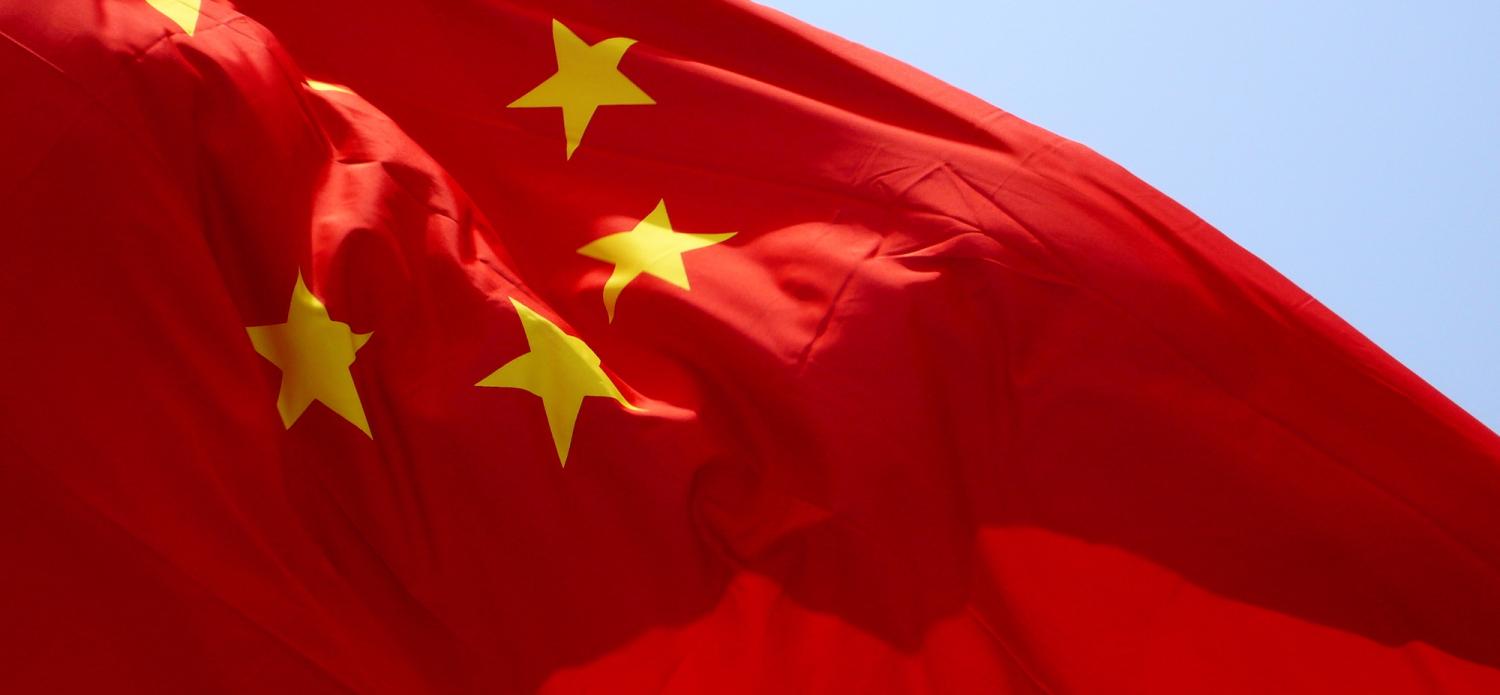A draft Trump Administration executive order threatening cuts to America’s UN funding, not least for peacekeeping, has been circulating since late January. Days before it emerged, People’s Daily carried yet another op-ed on the 'China Solution', hailing ‘the glory it sheds on the cause of peace, development and civilisation’ and renewing Xi Jinping’s pledges to become a major UN funder.
As Trump gets down to making America great again, China senses a geopolitical windfall: a chance to occupy the global moral high ground and lead development of new public goods and ‘communities of common interest’.
‘History never ended’, declared Xi on 1 July 2016 at the 95th CCP anniversary, ‘nor can it...The Chinese Communist Party and the Chinese people are fully confident that they can provide a China Solution to humanity’s search for better social institutions.’ Refuting Francis Fukuyama’s famous ‘End of History’ thesis,, this was Xi’s first reference to the term ‘China Solution’ (Zhongguo fang’an, 中国方案). Blending ‘pragmatism, openness and the win-win principle’ (in the words of the People’s Daily), the buzzword has since spread widely in the Chinese media, repackaging many ambitious initiatives — such as Belt and Road, Capacity Cooperation and AIIB — that offer Chinese public goods and capital to the world. Its primary message: major-power status is at hand, sooner than expected and with serious Chinese characteristics.
The China Solution is part of a shift from Deng Xiaoping’s doctrine of ’hiding and biding’ to one that involves stepping in where the US steps back. It stresses China’s role in shaping international organisations and initiatives, insisting on its ‘right to be heard’ (huayu quan, 话语权) in global affairs.
The Solution is posed at a global level, going beyond the nation-state focus of its older cousins the China Model and China Dream. ‘China’s opening drive is not a one-man show. Rather, it is an invitation open to all,’ Xi told world leaders in his G20 keynote. ‘It supports the common development of all countries, not just China’s own sphere of influence. It is meant to build not China’s own backyard garden, but a garden shared by all countries.’
Addressing what it sees as global threats — rising protectionism, wealth gaps, environmental damage and unregulated cyberspace — the Solution stakes Beijing’s claim to be a peaceful, anti-imperialist, non-hegemonic, free-trade powerhouse. China, claims Ding Gang in the hyper-nationalist Global Times, has never deviated from pursuing peaceful global development. Its victory over Japan set a radiant example for exploited peoples of Asia, Africa and Latin America; its more recent peaceful rise equips developing nations with a ‘China drive’, enabling their long-sought participation in global affairs.
Resetting multilateral norms by ‘giving a voice to less developed countries’ and guiding tech standards (eg. in 5G mobile technology) serves national interests while deflecting criticism; as does taking a leading role in exploring unclaimed resources (in international waters, the polar regions, and outer space). Political advantage, too, is hard to overlook. To contest China in the South China Sea, or accuse it of steel dumping, currency manipulation or human rights abuses, is to come across as a sore loser, envious of China and its manifest cultural destiny.
So far, the narrative of China’s rise has emphasised upholding, rather than replacing, global norms. The China Solution however, while positioning China as staunch defender of globalisation, threatens a radical shift, in virtue of other national narratives, less familiar to the outside world, on which it draws. One poses China as the most humiliated nation, justifying action to redress past losses of wealth and power. Another presents China as the authentic source of universal civilisation. Having fraudulently made this claim for itself for centuries, the West, China suggests, is overdue for replacement as global norm-setter.
But a China Solution based on cultural capital draws parallels with the heyday of the tribute system that preceded the century of humiliation (1840-1949). China’s neighbours may not remember their experience as client states gratefully, despite displays of gratitude for Chinese funding and free trade deals among interest groups in Belt and Road states. Moreover, many of the policies that underpin China's rise — like the migrant worker economy based on an internal passport system — seem hard to replicate, even if desired.
Although uncontested in public, the China Solution is subject to subtle questioning in the policy community. Veteran policy wonks Shi Yinhong, Wang Yizhou and others made tactful yet stark warnings about strategic overreach and diplomatic isolation in the wake of the South China Sea imbroglio. In a widely circulated interview in the Financial Times Chinese edition on 23 December 2016, US-based policy expert Yang Dali writes, ‘buying friends in Latin American and African countries with a few billion in aid is becoming increasingly predictable and insufficient.’
Tsinghua University historian Qin Hui is more alarmed. At a roundtable in September 2016, he warned China must take care not to repeat the mistakes of national socialism: ‘Today’s world is not unlike the 1930s, when the West was battered and faced a lot of problems, while Germany seemed to be thriving’.
Photo by Flickr user Max Braun.

